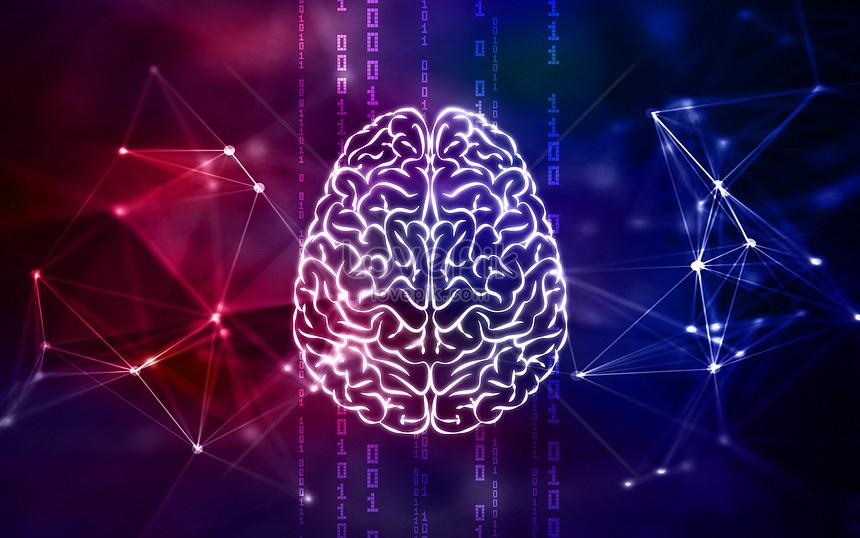No doubt, Artificial Intelligence is gaining popularity with every passing day. With more and more advancements cropping up in this area and the immense scope that this field is subjected to, there are certainly no second thoughts pertaining to why is AI so much in demand. Symbolic AI is one such advancement that has garnered attention from all across the globe. Evidently, this form of Artificial intelligence makes use of symbols. As known to us, machines mimic human behavior as far as AI is concerned and the fact that humans think using symbols and the ability of machines to operate using symbols forms the base of Symbolic AI.
Almost everything in this universe can be well understood by humans using symbols. Be it defining things (pen, book, etc.), activities (running, walking, eating, etc.), abstract activities, things that physically don’t exist or anything for that matter – all of these can be described using symbols. Humans have this exceptional ability to communicate using symbols and this is what makes Symbolic AI a sought-after concept. It is thus this assumption that many levels of intelligence can be achieved by manipulating the symbols that the Symbolic AI is based on.
This form of AI has seen both – success and failure over the years.
Some of the areas where symbolic AI has tasted success are:
EXPERT SYSTEMS: Today, a lot of applications of this form of AI have made into various expert system domains such as customer service, technical support systems, tax processing software, medical diagnosis systems and a lot more.
NATURAL LANGUAGE PROCESSING (NLP): NLP is surely one of those areas that has probably seen the best application of symbolic AI. It is that branch of AI with the help of which humans can interact with machines like never before. How can one not mention the very famous Alexa and Siri that’s currently ruling the world as the most dependable virtual/offline assistant? These showcase the implementation of NLP in the best possible way. Chatbots too make use of Symbolic AI in a way that a set of rules are included that are based on certain keywords.
SATISFYING CONDITIONS: A lot of events in our day-to-day life happen when certain conditions are met. Say, for example, you get to drive a gearless two-wheeler in India only after turning 16. So, unless you turn 16 years old, you are not eligible to drive a moped. The same is the case with this form of AI that aims to solve problems by meeting the required conditions. This process is also known as constraints/conditions satisfaction.
DRAWING CONCLUSIONS PURELY ON THE BASIS OF LOGIC: With Symbolic AI being heavily dependent on the rules that are already set, it is very much obvious that the conclusions obtained are logical. Hence, any conclusion that is made by using symbolic AI is backed by strong evidence.
Despite all of these remarkable achievements, there are some areas where Symbolic Ai has failed to reach the expectations. Some of them are-
- As evident as it can get, humans are capable of learning, but machines are not. Thus, imparting learning capabilities is still an impossible task to deal with.
- Symbolic AI cannot handle emotions at all as it totally works on what has been pre-programmed.
- This form of AI relies entirely on explicit representations and does not talk about the implicit aspect.
- Symbolic AI cannot handle unstructured data.
With a plethora of opportunities that Symbolic AI has to offer, the fact that this has immense potential in the years to come cannot be denied. Yes, there are shortcomings to deal with but that shouldn’t serve as an obstacle. Efforts put in the right areas will yield desired results for sure.




